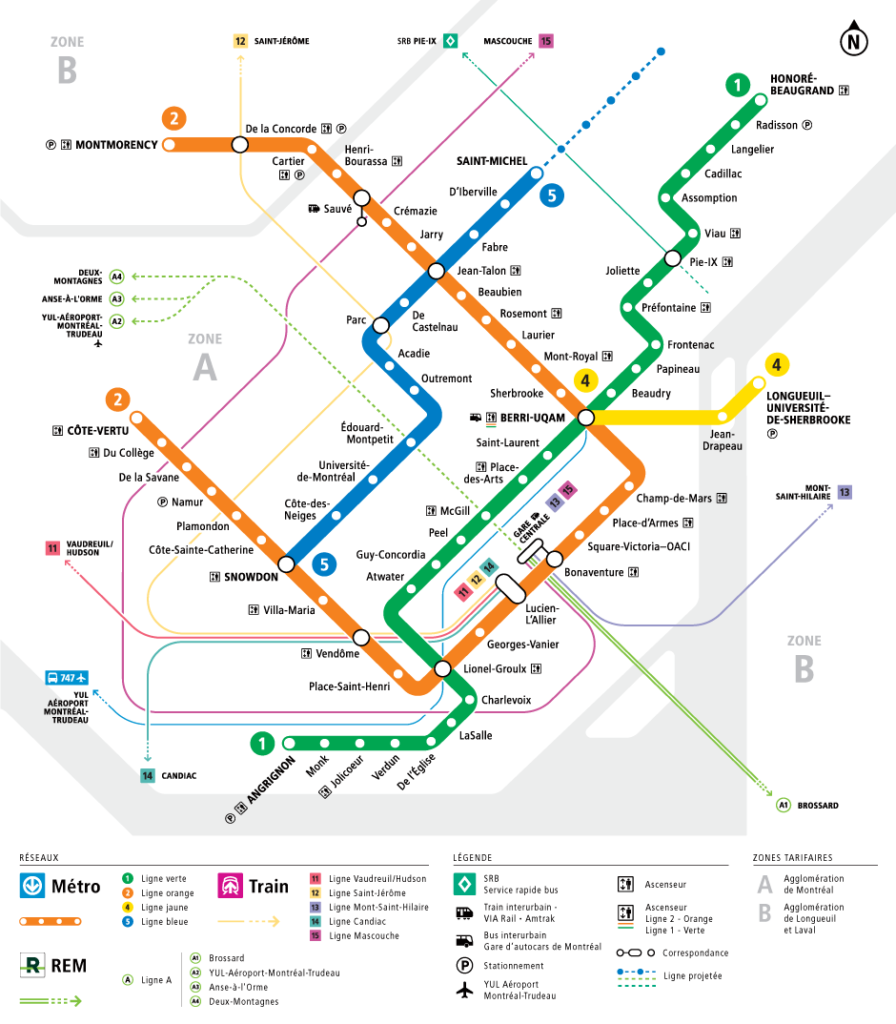Travelling to Montreal
Here's a general guide on how to travel to Montreal:
By Air:
-
Airport: The primary airport serving Montreal is the Montréal-Pierre Elliott Trudeau International Airport (YUL).
-
Airlines: Many international and domestic airlines operate flights to Montreal. Check for direct flights from your location or connecting flights if direct options aren't available.
-
Transport from Airport: Upon arrival, you can take a taxi, Uber, rent a car, or use public transportation (like the 747 Express bus) to reach the city center.
By Train or Bus: For people in Canada and the US, there are also other options such as traveling by train (e.g., VIA Rail and Amtrak) or by bus (e.g., Greyhound, Megabus).
Travel Documentation: Passport and Visa: All visitors to Canada must carry a passport that’s valid for at least three months from the date when you intend to leave the country. Travelers from more than 50 countries do not require a visitor’s visa for stays of less than three months. For longer stays, a visitor’s visa may be required. Make sure you check your passport and visa requirements on the Canada Immigration Service website when you’re planning your trip.
Local Transportation: Once in Montreal, you can use its extensive public transportation system, including the metro (subway), buses, and bikes. Consider purchasing a transit pass for the duration of your stay. Nothing could be easier than getting around Montréal and its suburbs, as the city has an extensive public transit network, offering its population several travel options. In addition to its 4 metro lines and 68 stations ( STM ), its multiple bus routes ( STM ) and commuter trains ( EXO ), the city will also soon have the brand new Réseau express métropolitain ( REM ), an electric light metro system that will include 26 stations. In addition to being served by 3 metro stations on the blue line (Université-de-Montréal station, Édouard-Montpetit station, Côte-des-Neiges station) and several bus routes, Polytechnique and its campus will also have a REM station (Édouard-Montpetit station), which will provide direct access to Poly. The ride from Poly to downtown Montréal will be less than 5 minutes.

The nearest metro station to the conference venue is Université-de-Montréal.
Accommodation: Montreal offers an ample selection of accommodations, boasting 25,000 rooms to suit various preferences and budgets. Half of these rooms are conveniently located downtown, ensuring guests are less than 25 minutes away from their destinations via public transit. Options range from affordable to upscale, with nightly rates between $100 and $300. For those seeking more economical choices, there are numerous AirBnB listings and hostels available. Additionally, university residences provide an alternative for budget-conscious attendees, offering the essential comforts at a more modest cost.